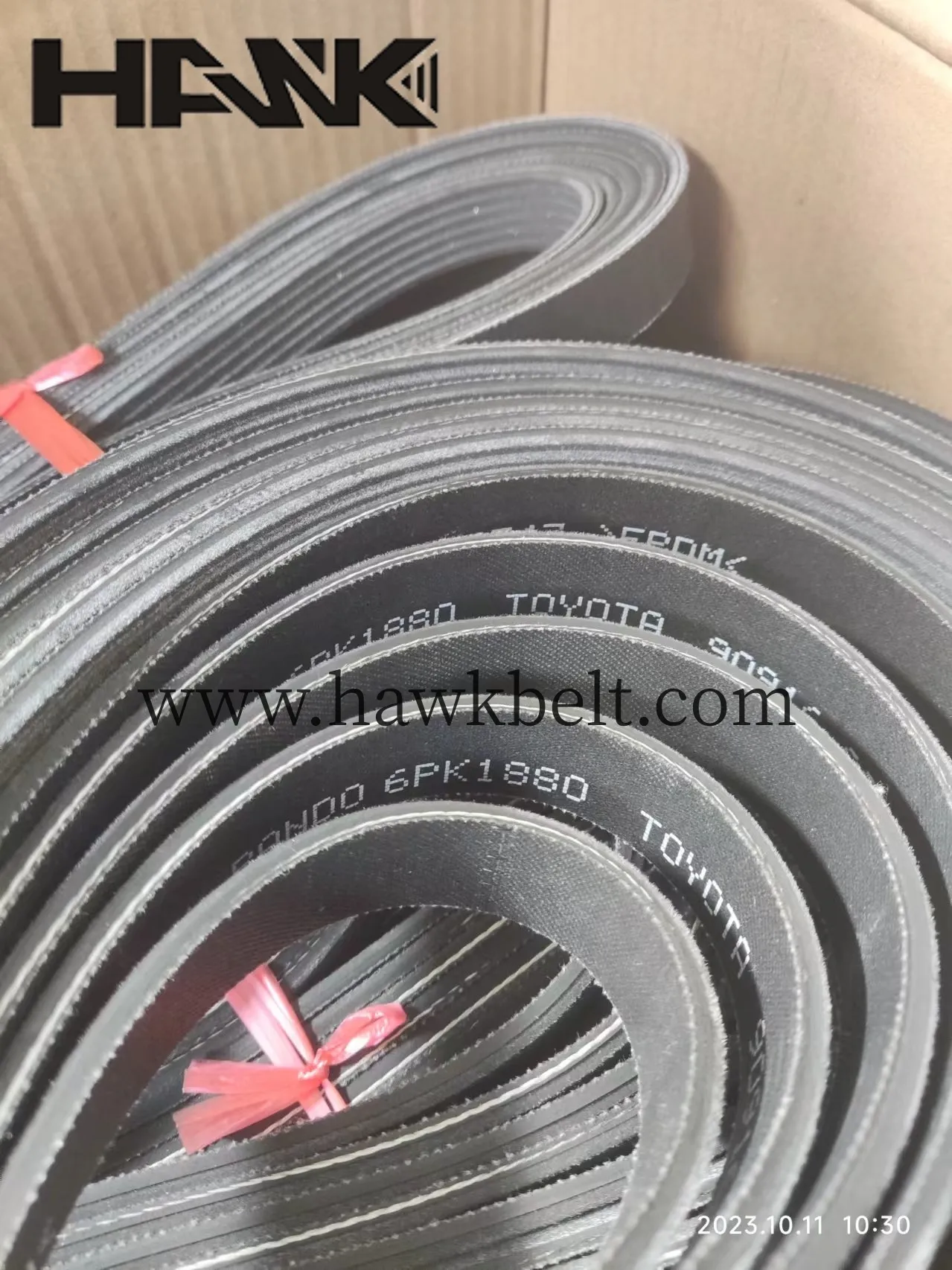- Arabic
- French
- Russian
- Spanish
- Portuguese
- Turkish
- Armenian
- English
- Albanian
- Amharic
- Azerbaijani
- Basque
- Belarusian
- Bengali
- Bosnian
- Bulgarian
- Catalan
- Cebuano
- Corsican
- Croatian
- Czech
- Danish
- Dutch
- Afrikaans
- Esperanto
- Estonian
- Finnish
- Frisian
- Galician
- Georgian
- German
- Greek
- Gujarati
- Haitian Creole
- hausa
- hawaiian
- Hebrew
- Hindi
- Miao
- Hungarian
- Icelandic
- igbo
- Indonesian
- irish
- Italian
- Japanese
- Javanese
- Kannada
- kazakh
- Khmer
- Rwandese
- Korean
- Kurdish
- Kyrgyz
- Lao
- Latin
- Latvian
- Lithuanian
- Luxembourgish
- Macedonian
- Malgashi
- Malay
- Malayalam
- Maltese
- Maori
- Marathi
- Mongolian
- Myanmar
- Nepali
- Norwegian
- Norwegian
- Occitan
- Pashto
- Persian
- Polish
- Punjabi
- Romanian
- Samoan
- Scottish Gaelic
- Serbian
- Sesotho
- Shona
- Sindhi
- Sinhala
- Slovak
- Slovenian
- Somali
- Sundanese
- Swahili
- Swedish
- Tagalog
- Tajik
- Tamil
- Tatar
- Telugu
- Thai
- Turkmen
- Ukrainian
- Urdu
- Uighur
- Uzbek
- Vietnamese
- Welsh
- Bantu
- Yiddish
- Yoruba
- Zulu
നവം . 08, 2024 02:41 Back to list
Exploring Timing Pulleys and Belts for Efficient Mechanical Systems
Understanding Timing Pulleys and Belts Essential Components in Mechanical Systems
Timing pulleys and belts are critical components used in various mechanical systems to transfer power and motion with precision. These components play a vital role in applications ranging from automotive engines to industrial machinery, ensuring that parts operate in synchrony. In this article, we will explore the design, functionality, advantages, and applications of timing pulleys and belts.
The Basics of Timing Pulleys and Belts
Timing belts, often referred to as synchronous belts, are characterized by their unique tooth design, which interlocks with corresponding grooves in timing pulleys. This toothed structure ensures that the belt engages positively with the pulley, preventing slippage. Unlike traditional V-belts, timing belts provide a controlled transmission of power, allowing precise synchronization between connected shafts.
Timing pulleys are typically made from materials such as aluminum, steel, or thermoplastic, which provide durability and resistance to wear. The teeth of these pulleys are designed to match the specific pitch of the timing belt, ensuring optimal engagement and power transfer.
Key Advantages of Timing Pulleys and Belts
One of the primary benefits of using timing belts and pulleys over other types of belts is their ability to maintain precise timing between rotating components. This precision is essential for systems where timing is critical, such as in engine timing mechanisms or robotic applications. The absence of slippage and the capability to run at high speeds is another significant advantage.
Moreover, timing belts operate quietly and have minimal vibration, which leads to reduced wear and tear on components. This efficiency translates into lower maintenance costs and longer service life for machinery. Additionally, they are often lighter than chain systems, resulting in a more compact design that can be advantageous in space-constrained applications.
Design Considerations
timing pulley and belt

When selecting a timing pulley and belt system, several design factors must be taken into account. The pitch, which refers to the distance between the centers of two neighboring teeth, is a critical measurement that needs to match between the belt and pulley. Common pitches include 5mm, 8mm, and 14mm, with varying applications based on the required load and speed.
Another important consideration is the material of the timing belt. Common options include neoprene, polyurethane, and rubber, often reinforced with fiberglass or Kevlar for added strength. The choice of material can influence factors such as flexibility, resistance to harsh environments, and overall durability.
Applications of Timing Pulleys and Belts
Timing pulleys and belts are ubiquitous in many industries. In automotive applications, they ensure that the crankshaft and camshaft operate in perfect harmony, maintaining engine performance and efficiency. In manufacturing, timing belts drive conveyor systems, ensuring products move accurately through production lines.
In robotics, precise motion control is paramount, and timing belts are often used to synchronize the movement of robotic joints. Additionally, timing pulleys and belts are critical in CNC machines, where precise positioning and movement of cutting tools are essential for producing accurate parts.
Conclusion
In summary, timing pulleys and belts are indispensable components in a wide range of mechanical systems. Their ability to provide precise power transmission without slippage makes them ideal for applications where synchronization is vital. With benefits such as low maintenance requirements, quiet operation, and compact designs, it is no wonder that timing pulleys and belts are favored in various industries.
As technology continues to evolve, the demand for more efficient, reliable, and high-performance timing belt systems is expected to grow. Understanding the intricacies of timing pulleys and belts will help engineers and designers make informed choices that enhance the efficiency and performance of their mechanical systems. Whether in a sleek automotive design or complex industrial machinery, timing pulleys and belts remain at the forefront of modern engineering.
-
Korean Auto Parts Timing Belt 24312-37500 For Hyundai/Kia
NewsMar.07,2025
-
7PK2300 90916-T2024 RIBBED BELT POLY V BELT PK BELT
NewsMar.07,2025
-
Chinese Auto Belt Factory 310-2M-22 For BMW/Mercedes-Benz
NewsMar.07,2025
-
Chinese Auto Belt Factory 310-2M-22 For BMW/Mercedes-Benz
NewsMar.07,2025
-
90916-02660 PK Belt 6PK1680 For Toyota
NewsMar.07,2025
-
drive belt serpentine belt
NewsMar.07,2025

